Clayton Bailey's World of Wonders Reimagined

World of Wonders
Polsky Building
225 S Main St
Akron, OH 44308
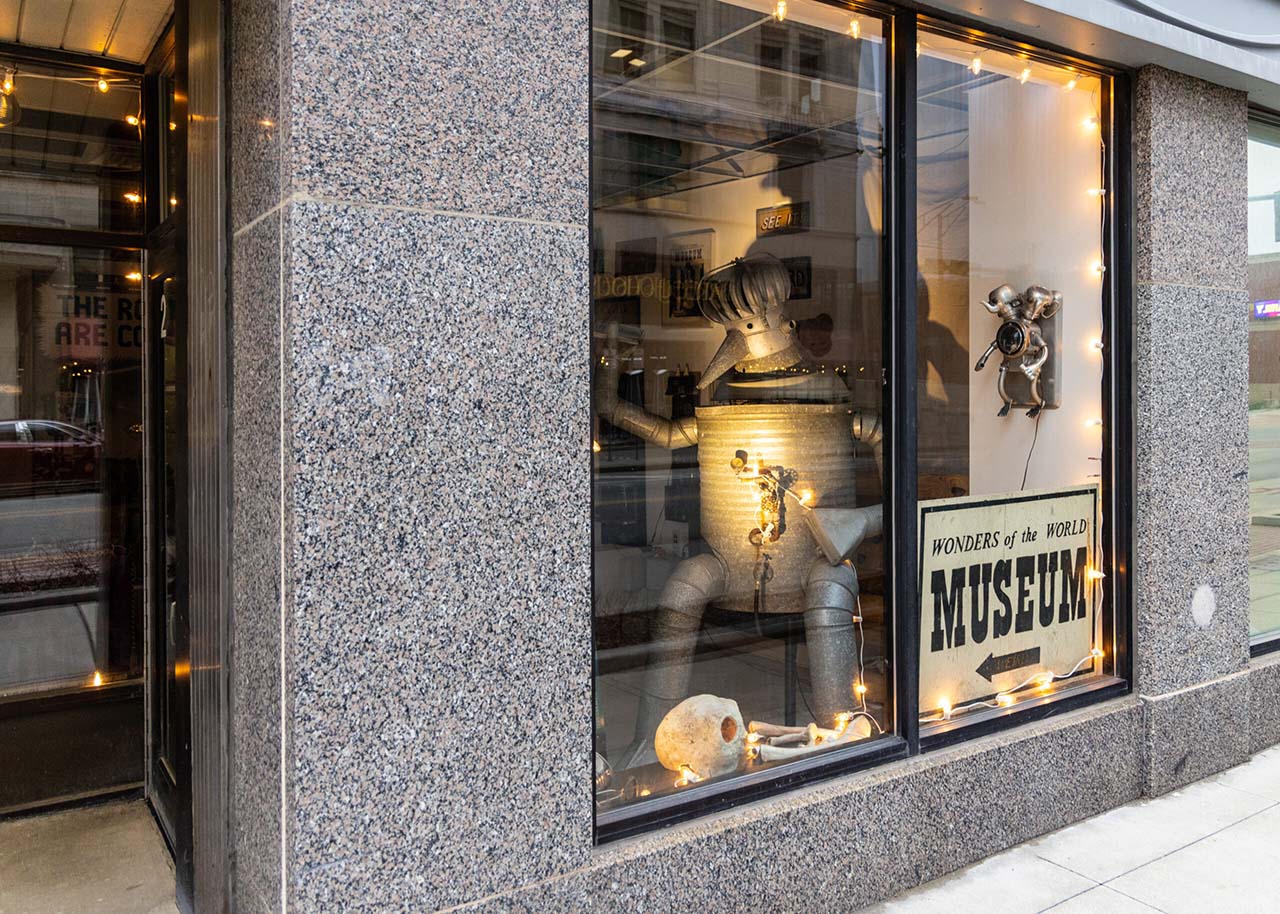
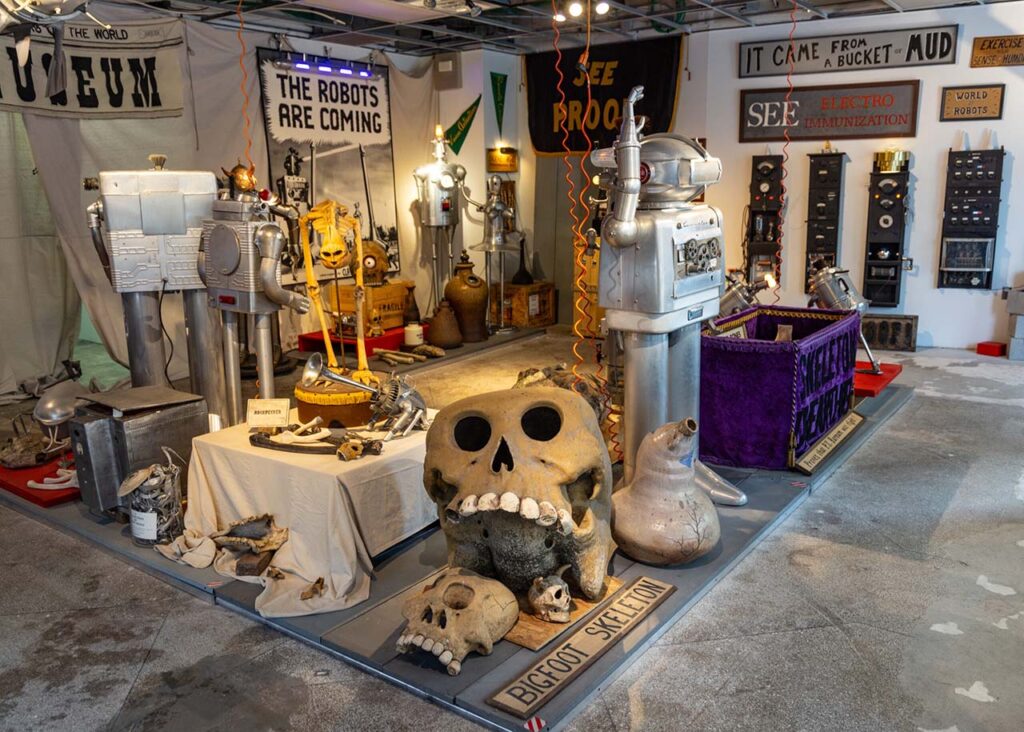
In 2021, Curated Storefront

World of Wonders
Polsky Building
225 S Main St
Akron, OH 44308


In 2021, Curated Storefront
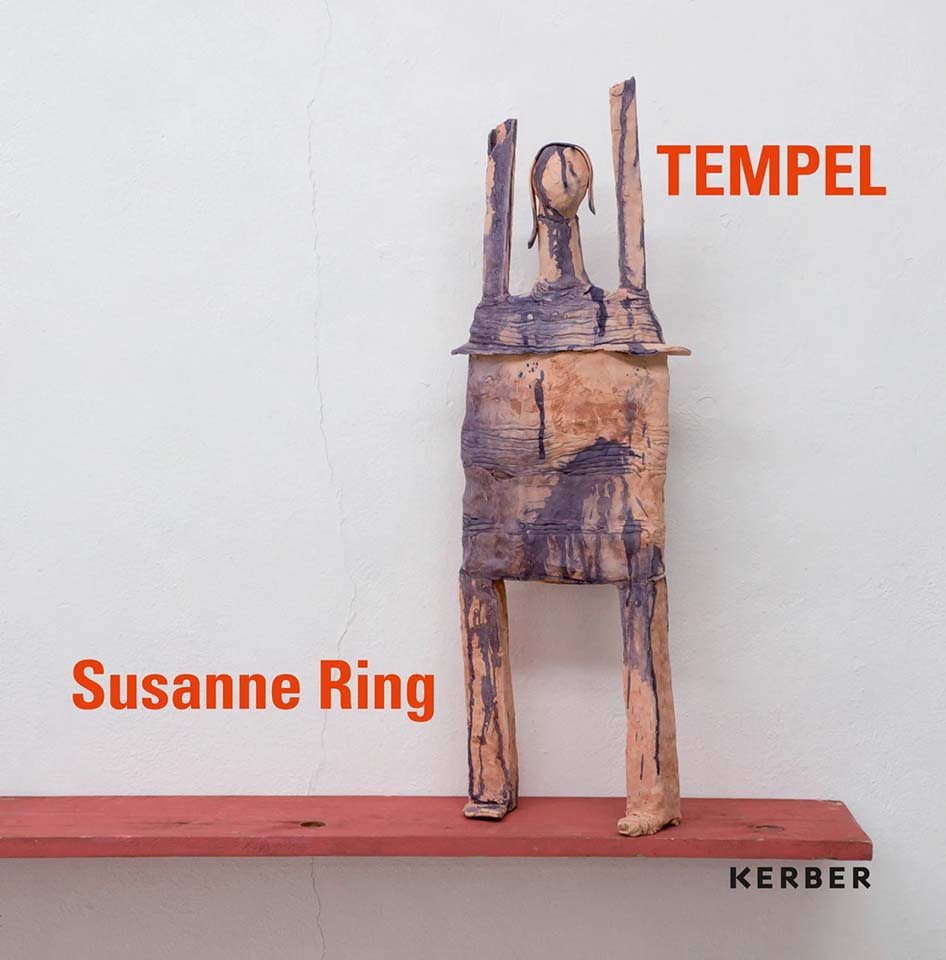
TEMPEL | Susanne Ring Published by Kerber October 2024 | € 35.00
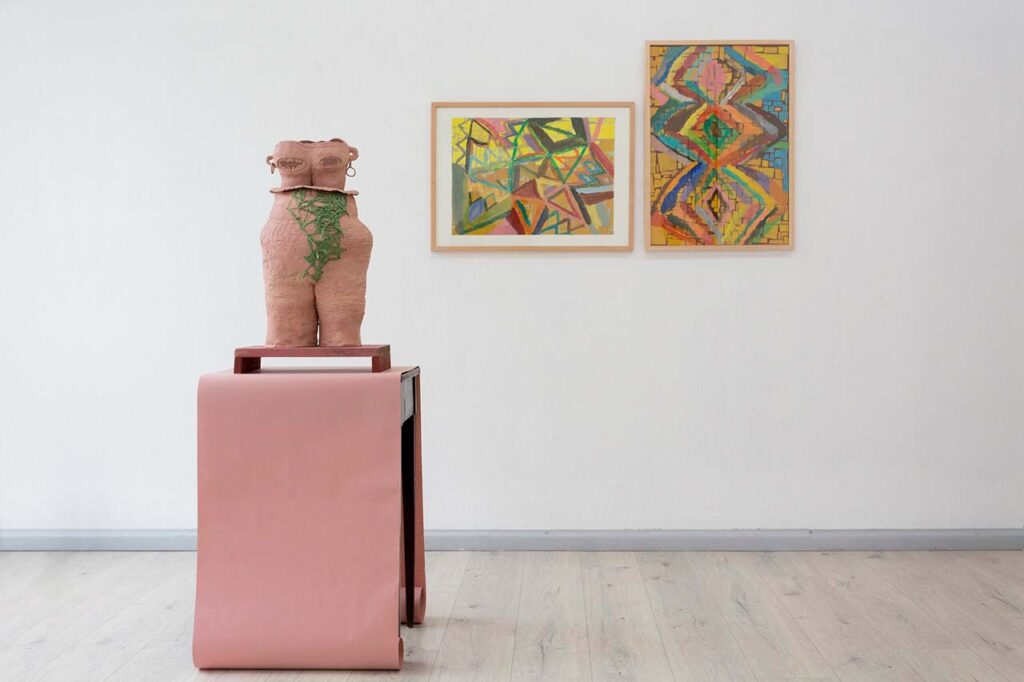
With the release of her book TEMPEL, artist Susanne Ring (b.
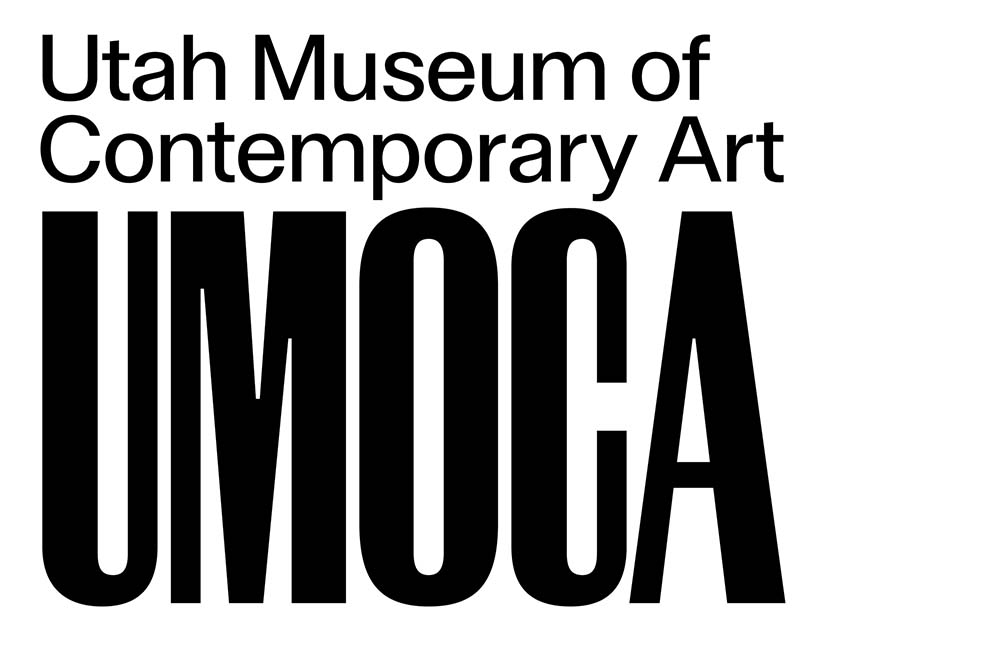
Utah Museum of Contemporary Art
20 S. West Temple
Salt Lake City UT 84101
Main text by Les Roka, with additional analysis by Richard Notkin and commentary by Wendy Tarlow Kaplan.
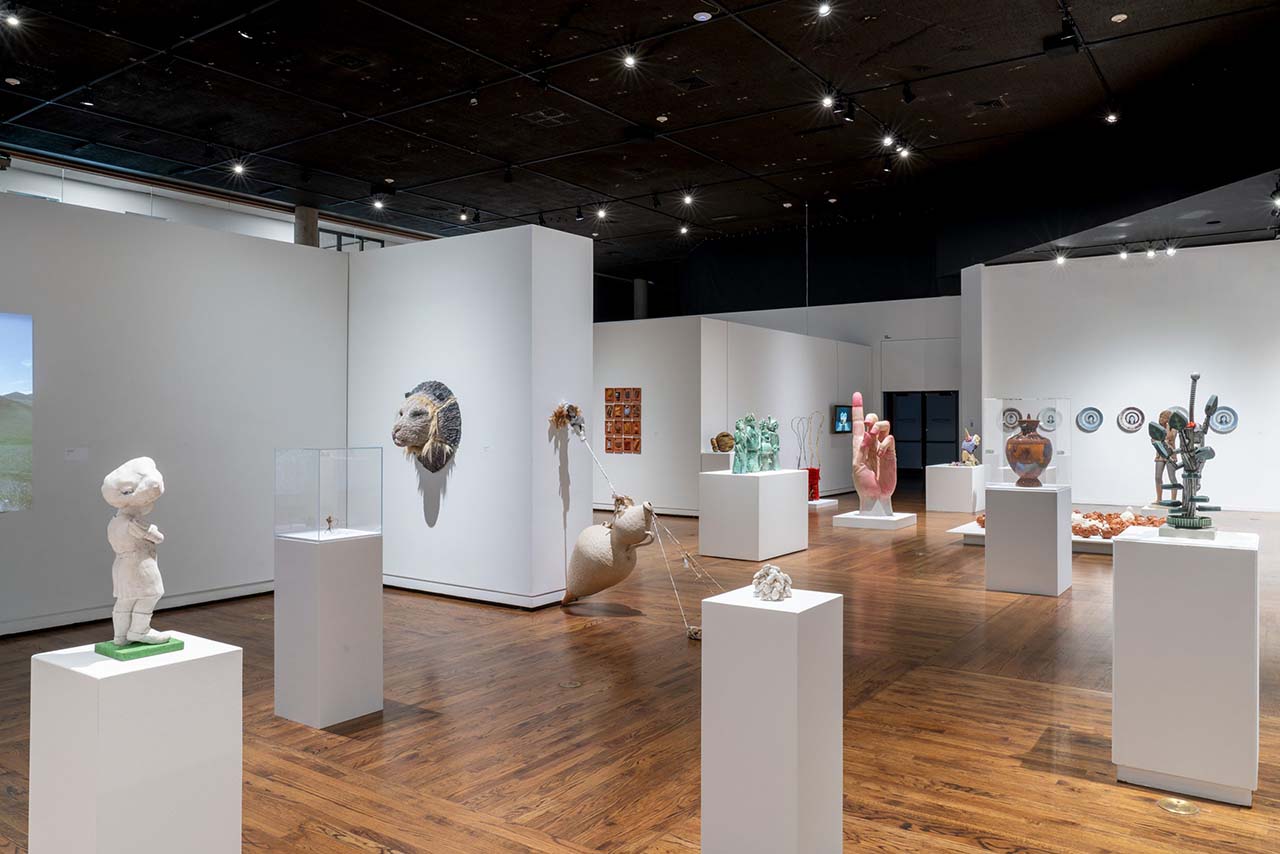

New Art Dealers Alliance
601 W 26th St
New York, NY
From May 7 to 11, the New Art Dealers Alliance (NADA) returned to New York for its eleventh edition, transforming the Starrett-Lehigh Building into a sprawling survey of contemporary…

The Ruth Chandler Williamson Gallery
251 E. 11th St. Claremont
California 91711

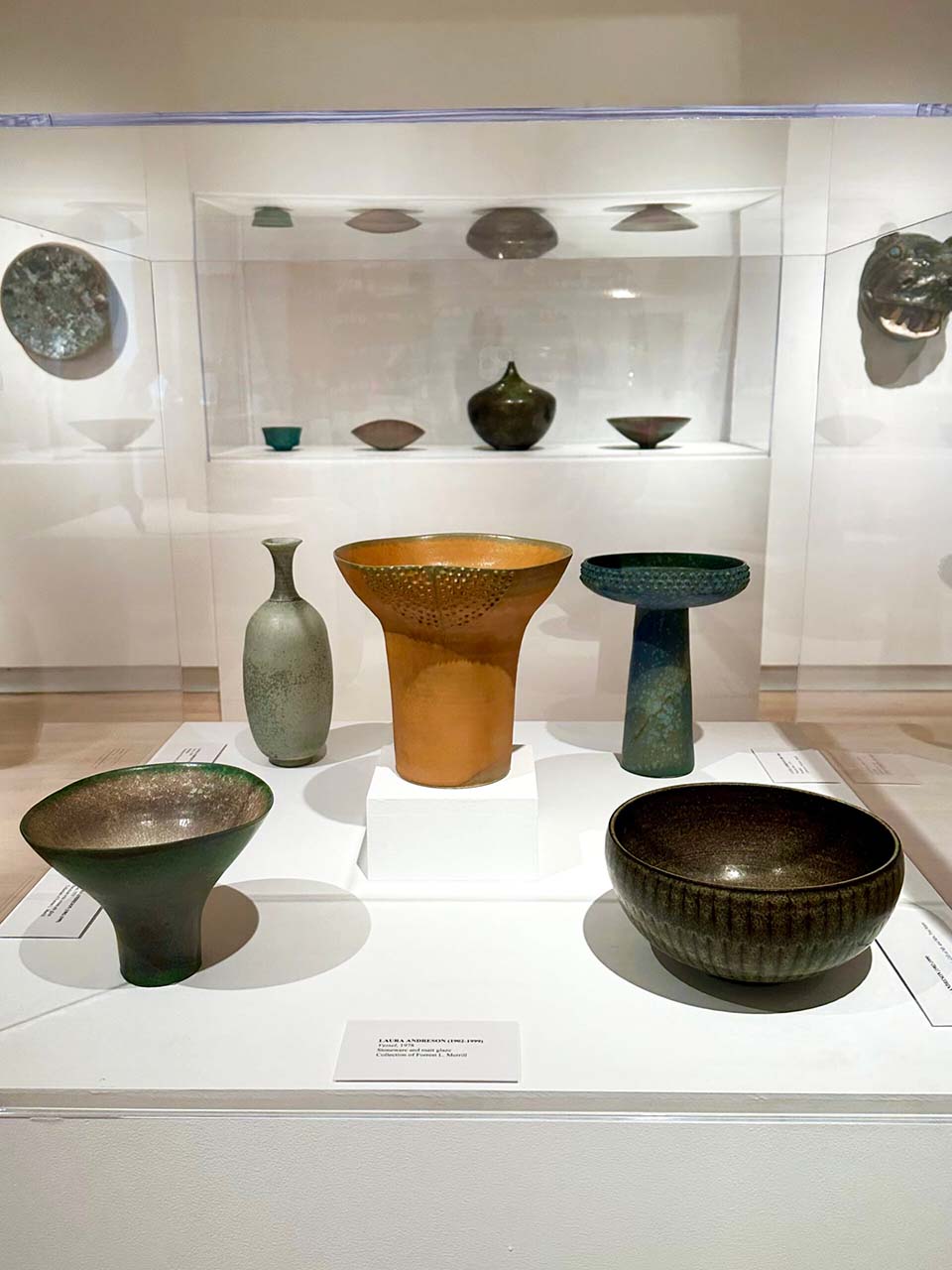
The unfolding history of California ceramics
Edited by MoCA/NY's Staff Writer: Emelia Hiltner
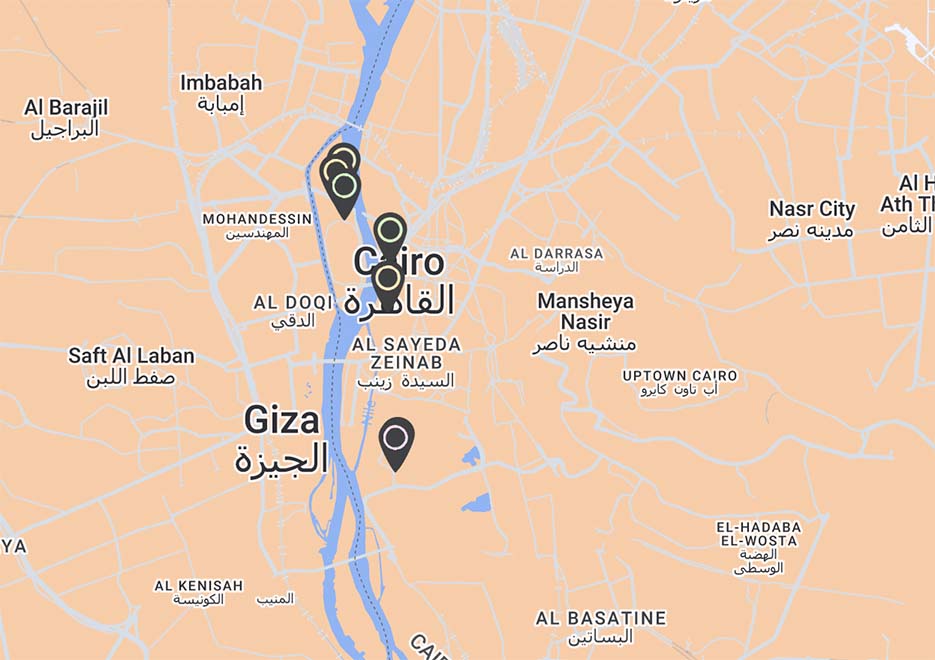
To see all the destinations listed in this guide and other ceramic sites in Egypt, check out CERAMIC WORLD DESTINATIONS (CWD), MoCA/NY's interactive map listing over 4,000 ceramic destinations!
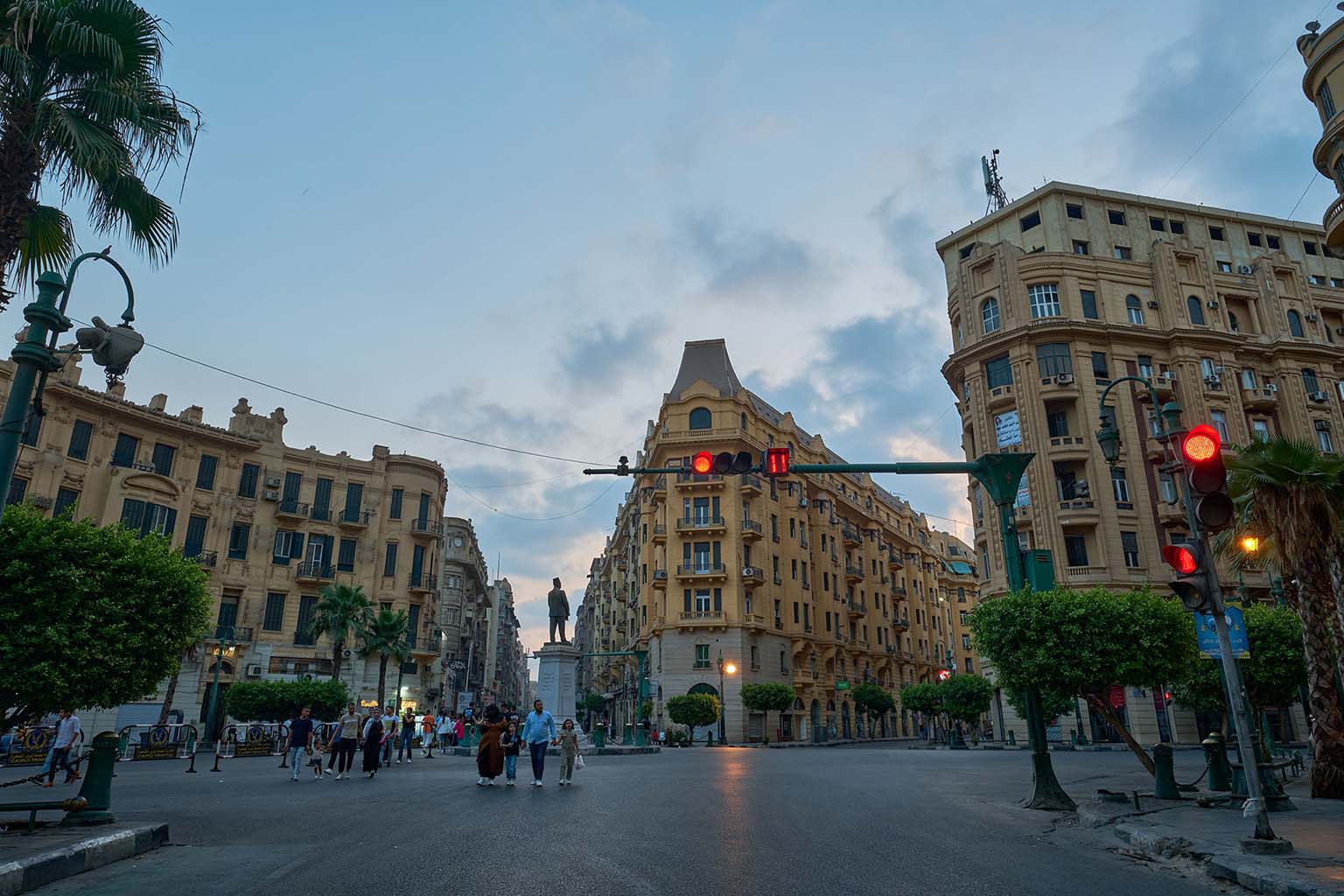
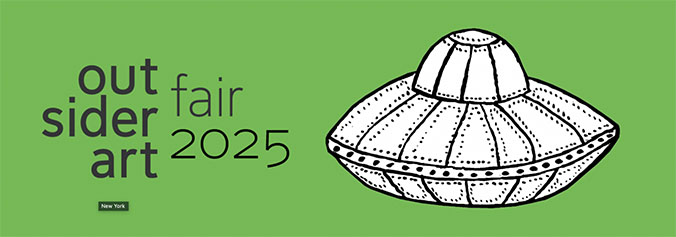
Metropolitan Pavilion
125 W 18th Street
New York, NY
The Outsider Art Fair (OAF), the premier event dedicated to self-taught art, art brut, and outsider art, returns for its 33rd edition at the Metropolitan Pavilion from February 27 to…

Miami, Florida
12th Street and Ocean Drive

Miami, Florida
1901 Convention Center Drive
Miami Art Week hosts over 20 international art fairs, more than 1200 galleries, and thousands of artists each December. This year, MoCA/NY spotlighted ceramic highlights at two…

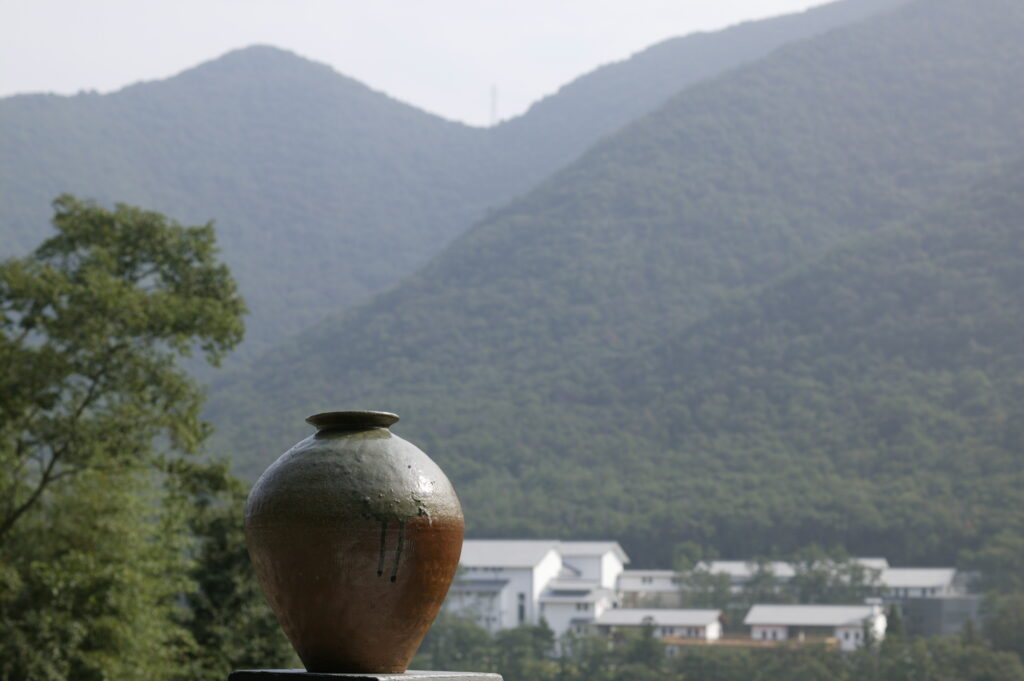
Japan is renowned for its traditional pottery regions, with